Top 20 Popular Dog Misconceptions Debunked

Dogs are our wagging-tailed companions, yet myths about them abound. From ideas about their diets to misconceptions about their behavior, it’s time to set the record straight. Join us as we debunk the top 20 popular dog misconceptions, revealing the truths behind these furry friends.
1. Dogs See In Black And White

Surprise! Dogs don’t just see the world in black and white. Their vision includes shades of blue and yellow, offering them a more colorful perspective than we often realize. While not as vivid as human vision, it’s far from monochrome.
2. A Wagging Tail Means Happiness

A wagging tail isn’t always a sign of joy. It can signal excitement, agitation, or anxiety. The position and speed of the wag offer clues to a dog’s emotional state, requiring a deeper understanding of canine communication.
3. Old Dogs Can’t Learn New Tricks
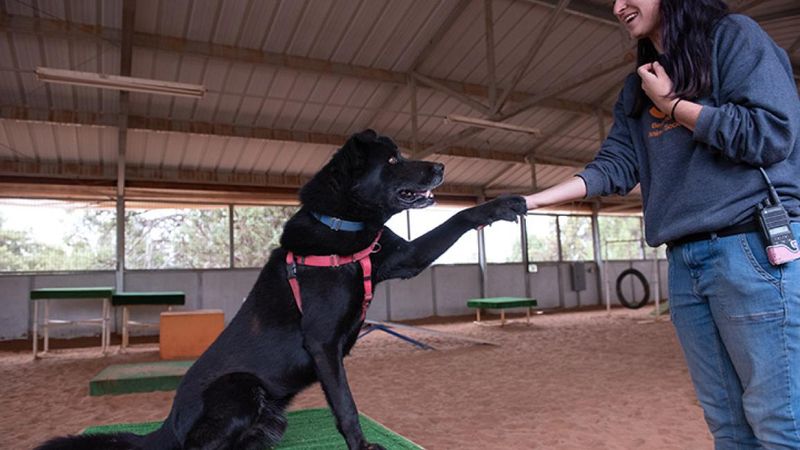
Age is just a number! Older dogs are perfectly capable of learning new tricks. Patience and positive reinforcement make it possible for senior dogs to master fun and useful skills, proving it’s never too late to teach an old dog new tricks.
4. Dogs Eat Grass When Sick

Chomping on grass doesn’t necessarily mean a dog is ill. Some dogs enjoy the texture, while others might do it out of boredom. It’s a normal behavior that doesn’t always indicate an upset stomach or health problem.
5. Dogs Are Colorblind

Contrary to popular belief, dogs aren’t colorblind. They see the world in shades of blue and yellow. While their color spectrum is limited compared to humans, it’s far from the black-and-white myth we’ve been led to believe.
6. Dogs Don’t Need Grooming

Every dog needs grooming, regardless of breed or coat length. Regular brushing, nail trimming, and baths contribute to their overall health. Neglecting grooming can lead to skin issues and discomfort, making it essential for their well-being.
7. Dogs Have Dry Noses When Sick

A dry nose doesn’t always signal illness. Dogs’ noses can be wet or dry depending on various factors, including temperature and activity level. A dry nose is often normal and not necessarily an indicator of poor health.
8. Dogs Only Bark To Communicate
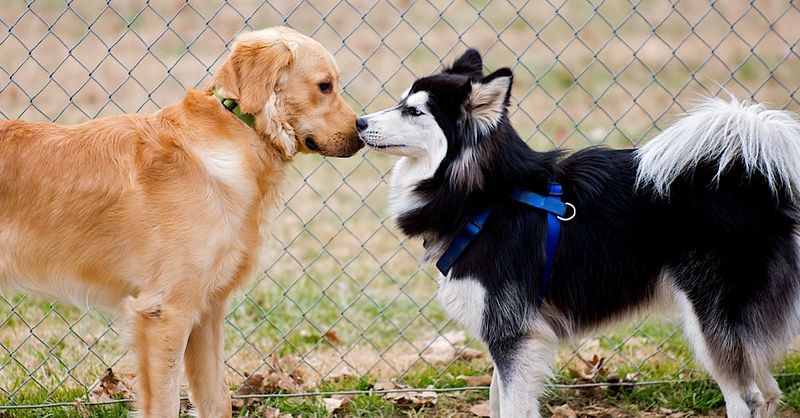
Barking is just one way dogs communicate. They also use body language, growls, and whines to express themselves. Understanding these cues helps in comprehending their feelings and needs, going beyond the simplistic view of barking.
9. Dogs Can’t Feel Emotions

Dogs are emotional beings. They experience joy, fear, anxiety, and affection. Observing their behavior reveals rich emotional lives, challenging the notion that they lack feelings. Their loyalty and companionship are rooted in genuine emotions.
10. Dogs Always Understand Commands
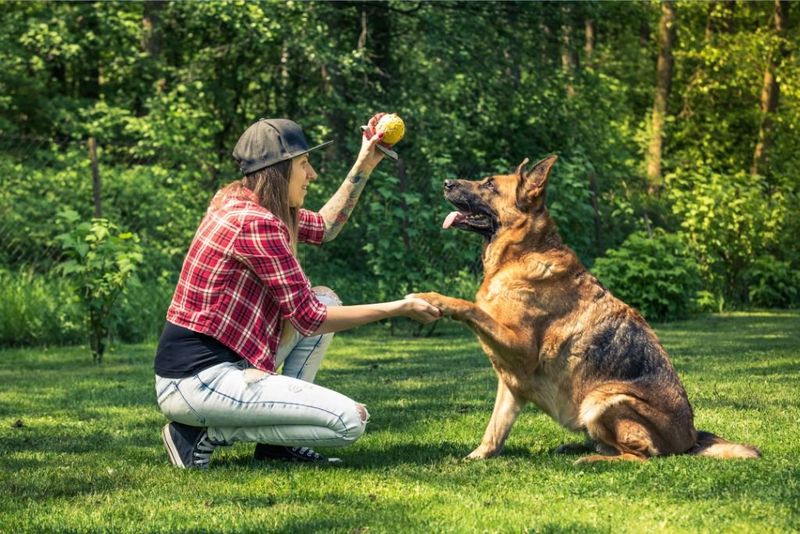
Dogs don’t always grasp human commands, especially if unclear or inconsistent. Training requires patience and repetition. Misunderstandings are common, emphasizing the need for clear communication and empathy with our furry friends.
11. Dogs Don’t Need Exercise

Exercise is vital for dogs. Lack of activity can lead to health and behavioral issues. Regular walks, playtime, and mental stimulation are essential, ensuring they remain happy and healthy. Dogs thrive on physical activity and need it to flourish.
12. Dogs Shouldn’t Eat Human Food
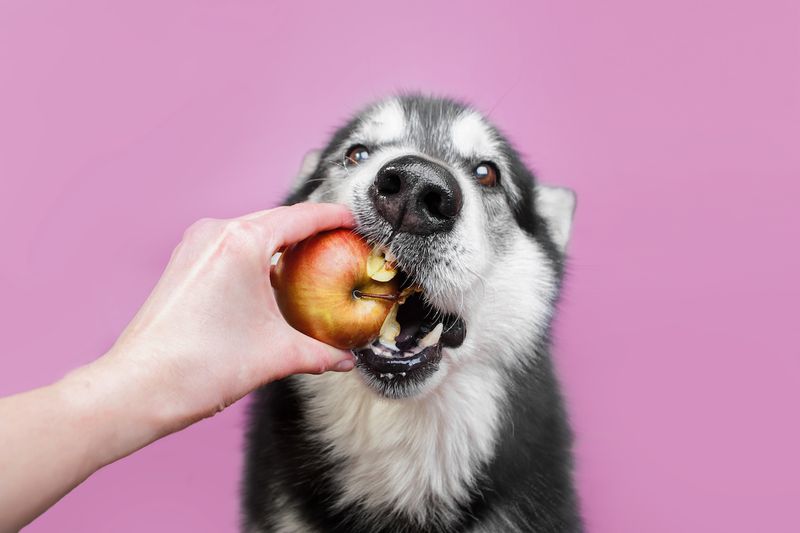
Not all human food is bad for dogs. Many fruits and veggies make healthy treats. However, some foods like chocolate and grapes are toxic. Knowing what’s safe can diversify their diet while ensuring their safety, busting this common myth.
13. Dogs Shouldn’t Sleep On Beds

There’s no harm in letting dogs sleep on beds if it suits both pet and owner. Comfort and bonding can outweigh concerns about hygiene. Personal preference and rules determine if a cozy shared sleep space is right for you and your dog.
14. Dogs And Cats Are Enemies

Dogs and cats can be great friends. Friendship blossoms with proper introductions and understanding of each other’s space. This age-old rivalry is more myth than reality, with many households boasting harmonious dog-cat companionships.
15. Dogs Don’t Remember

Dogs have memory! They remember people, places, and experiences. Positive reinforcement builds strong memories, enhancing training and bonding. This ability challenges the misconception that dogs live only in the moment, proving their cognitive depth.
16. Dogs Don’t Like Baths

Not all dogs dread baths. Some delight in the water, making bath time enjoyable. Positive experiences and gentle handling turn this routine into a bonding moment, debunking the myth that all dogs avoid getting clean.
17. Dogs Are Always Friendly
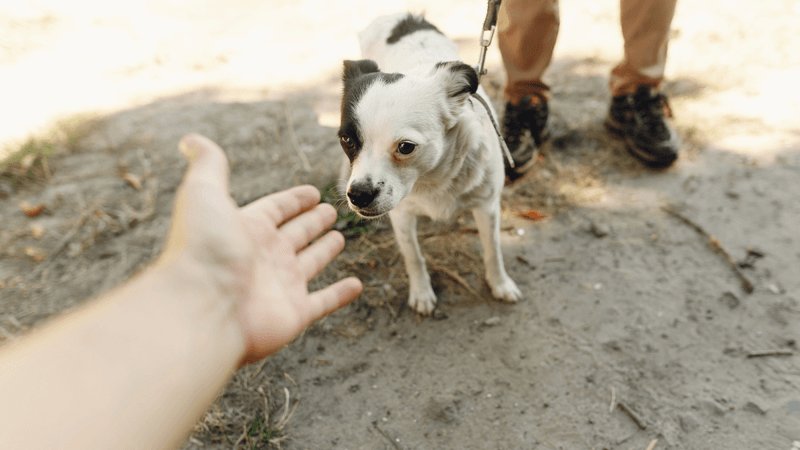
Not every dog is a social butterfly. Individual personalities and past experiences shape their interactions. Understanding and respecting their boundaries fosters trust and security, debunking the myth of universal friendliness.
18. Dogs Are Self-Sufficient

Dogs rely on us for care, companionship, and guidance. They’re not self-sufficient and need our attention and love. Regular walks, feeding, and mental engagement are crucial. This requirement refutes the notion of their independence, highlighting their need for human interaction.
19. Dogs Don’t Get Jealous

Dogs do feel jealousy, especially when attention shifts. They may act out or seek more affection. Recognizing this emotion helps manage behavior and fosters a harmonious home environment, debunking the idea that dogs lack complex emotions.
20. Dogs And Bones: A Perfect Match

Not all bones are safe for dogs. Cooked bones can splinter, posing a health risk. Raw bones or specially designed chews provide a safer alternative. Understanding which bones are appropriate ensures their safety, busting the myth of bone-chewing bliss.






